My Identity Server is using identityserver4 framework (http://localhost:9000). And I register the client on Identity Server as below.
clients.Add(
new Client
{
ClientId = "customer.api",
ClientName = "Customer services",
AllowedGrantTypes = GrantTypes.HybridAndClientCredentials,
RequireConsent = false,
AllowAccessTokensViaBrowser = true,
RedirectUris = { "http://localhost:60001/signin-oidc" },
PostLogoutRedirectUris = { "http://localhost:60001/signout-callback-oidc" },
ClientSecrets = new List<Secret>
{
new Secret("testsecret".Sha256())
},
AllowedScopes = new List<string>
{
IdentityServerConstants.StandardScopes.OpenId,
IdentityServerConstants.StandardScopes.Profile,
IdentityServerConstants.StandardScopes.Email,
IdentityServerConstants.StandardScopes.OfflineAccess,
"customerprivatelinesvn.api",
},
AllowOfflineAccess = true,
AlwaysIncludeUserClaimsInIdToken = true,
AllowedCorsOrigins = { "http://localhost:60001" }
});
Here is the authentication on my client app (http://localhost:60001).
private void AddAuthentication(IServiceCollection services)
{
JwtSecurityTokenHandler.DefaultInboundClaimTypeMap.Clear();
services.AddAuthentication(options =>
{
options.DefaultAuthenticateScheme = "Cookies";
options.DefaultChallengeScheme = "oidc";
})
.AddCookie()
.AddOpenIdConnect("oidc", options =>
{
Configuration.GetSection("OpenIdConnect").Bind(options);
});
}
"OpenIdConnect": {
"SignInScheme": "Cookies",
"Authority": "http://localhost:9000/",
"RequireHttpsMetadata": false,
"ClientId": "customer.api",
"ClientSecret": "testsecret",
"Scope": [ "customerprivatelinesvn.api", "offline_access" ],
"CallbackPath": "/signin-oidc",
"ResponseType": "code id_token token",
"GetClaimsFromUserInfoEndpoint": true,
"SaveTokens": true
}
HomeController of client app
[Authorize]
public class HomeController : Controller
{
public IActionResult Index()
{
return View();
}
}
Here are the Cookies of client app after user logs in.

I try to implement the signout action as below
public class AccountController : Controller
{
public async Task<IActionResult> Signout()
{
await HttpContext.SignOutAsync("Cookies");
await HttpContext.SignOutAsync("oidc");
return RedirectToAction("Index", "Home");
}
}
But when user signs out, it doesn't call the endsession endpoint of identity server. I look at the traffic of fiddler, there is no request to identity server.
My expectation is when user signs out, it will call endsession endpoint of identity server and redirect to logout link of identity server as below.
We can do this easily on MVC application by calling OwinContext signout
private void LogoutOwin(IOwinContext context)
{
context.Authentication.SignOut();
}
But the signout method doesn't work anymore on ASP.NET Core 2.
Note: I'm calling the signout action from an AJAX post because my client app is angular 5 app.
Does anyone know how to implement the signout correctly on ASP.NET Core 2?
Thank you very much.
Regards,
Kevin


